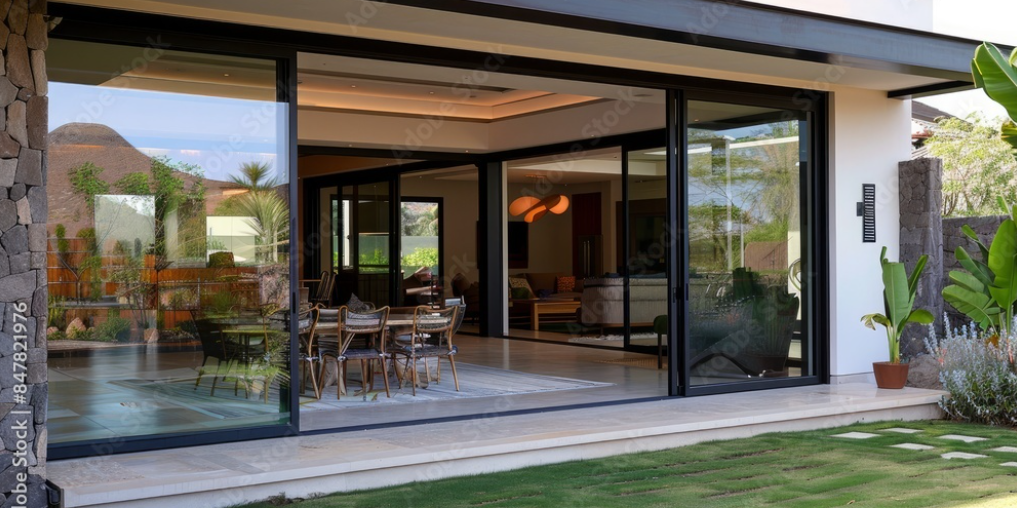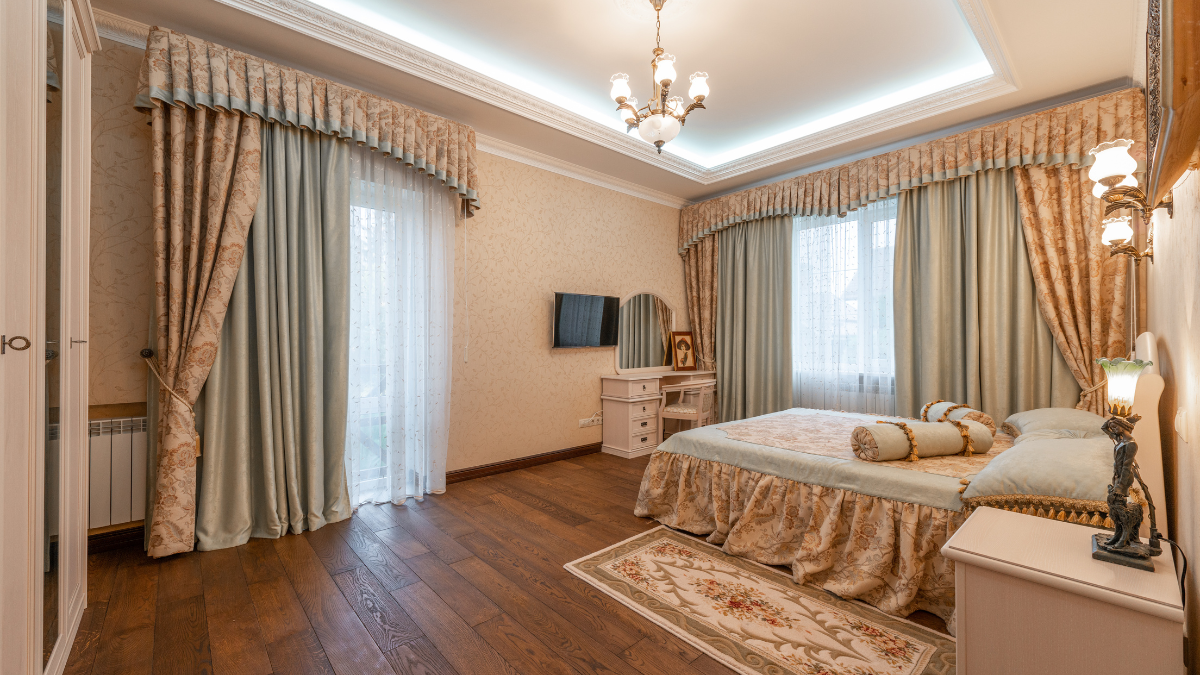A glazed terrace is a modern, elegant addition to any home, seamlessly blending indoor comfort with the beauty of the outdoors. Whether you want a cozy space for relaxation, a stylish area for entertaining guests, or a serene spot to enjoy the changing seasons, a glazed terrace can transform your living experience. However, creating a stunning glazed terrace requires thoughtful planning and attention to detail. Here’s how you can design and build a breathtaking glazed terrace that enhances your home’s aesthetic and functionality.
1. Define the Purpose of Your Glazed Terrace
Before diving into design and construction, it’s essential to determine the primary purpose of your glazed terrace.
- Relaxation: A private retreat for reading, meditating, or simply enjoying a cup of coffee.
- Entertainment: A sophisticated space for hosting friends and family.
- Dining Area: An alfresco dining spot that can be used year-round.
- Greenhouse: A light-filled space to nurture plants and create a lush indoor garden.
Defining the purpose will guide your design decisions, including layout, furniture, and features.
2. Choose the Right Location
The location of your glazed terrace is crucial for its functionality and appeal. Most homeowners opt to connect it to the living room, kitchen, or dining area for easy access.
- Sunlight Exposure: Position your terrace to maximize natural light, especially if you want a bright, airy space.
- Views: Take advantage of scenic outdoor views to create a visually stunning setting.
- Privacy: Ensure the terrace is positioned in a way that maintains privacy from neighbors or passersby.
3. Select the Best Glazing
The type of glazing you choose will significantly impact the comfort, aesthetics, and energy efficiency of your terrace. Here are key considerations:
a. Glass Type
- Single Glazing: Suitable for mild climates but less efficient in regulating temperature.
- Double Glazing: Offers better insulation, keeping the terrace warm in winter and cool in summer.
- Triple Glazing: Ideal for extreme climates, providing maximum insulation and energy efficiency.
b. Glazing Features
- Low-E Glass: Reduces heat loss and UV radiation while maintaining natural light.
- Tinted Glass: Provides privacy and reduces glare, making it perfect for sunny locations.
- Self-Cleaning Glass: Minimizes maintenance by breaking down dirt with sunlight and washing it away with rain.
4. Consider the Frame Material
The frame material not only affects the terrace’s appearance but also its durability and thermal performance. Popular options include:
- Aluminum: Sleek and modern, aluminum frames are lightweight, durable, and low-maintenance.
- Wood: Adds warmth and character, ideal for traditional or rustic designs. However, it requires regular upkeep.
- uPVC: Affordable and energy-efficient, uPVC frames are available in various colors and finishes.
- Steel: Offers a robust, industrial look with excellent strength and longevity.
5. Optimize Ventilation and Insulation
Proper ventilation and insulation are vital to maintaining a comfortable environment in your glazed terrace throughout the year.
- Ventilation: Incorporate windows, sliding doors, or roof vents to allow fresh air circulation and prevent overheating during summer.
- Insulation: Ensure the glazing and frame materials provide adequate insulation to keep the space warm during colder months.
Consider installing underfloor heating or a compact heating system to make the terrace usable even in winter.
6. Design a Seamless Transition
A stunning glazed terrace should feel like a natural extension of your home. Achieve a seamless connection between indoor and outdoor spaces by:
- Using Similar Flooring: Extend the same flooring material from your interior to the terrace for visual continuity.
- Installing Large Sliding or Bi-Fold Doors: These doors can open up entirely, blurring the boundaries between indoor and outdoor spaces.
- Maintaining a Consistent Color Scheme: Use complementary colors for walls, furniture, and décor to create harmony between the two areas.
7. Furnish for Comfort and Style
The right furniture can elevate your glazed terrace, making it both functional and inviting. Here are some tips:
- Choose Weather-Resistant Furniture: Opt for materials like teak, rattan, or powder-coated aluminum that can withstand exposure to sunlight and moisture.
- Incorporate Cushions and Throws: Add softness and comfort with plush cushions and cozy throws.
- Use Multi-Functional Pieces: Consider furniture that serves multiple purposes, such as a bench with hidden storage or a table that doubles as a planter.
8. Enhance Ambiance with Lighting
Lighting plays a crucial role in setting the mood of your glazed terrace. Consider a combination of:
- Ambient Lighting: Soft, warm lighting from ceiling fixtures or wall sconces creates a cozy atmosphere.
- Task Lighting: Focused lighting for specific activities like reading or dining.
- Accent Lighting: Highlight architectural features or plants with spotlights or LED strips.
For a touch of elegance, string lights or lanterns can add a magical glow during evening hours.
9. Incorporate Greenery
Adding plants to your glazed terrace brings life and freshness to the space. Depending on your preferences, you can:
- Create a Vertical Garden: Maximize space with wall-mounted planters.
- Use Potted Plants: Choose a mix of large and small pots for variety.
- Opt for Low-Maintenance Plants: Consider hardy species like succulents, ferns, or peace lilies.
10. Consider Smart Features
Modern technology can enhance the functionality of your glazed terrace. Some smart options include:
- Automated Blinds: Control sunlight and privacy with remote-controlled blinds.
- Smart Thermostats: Maintain optimal temperature efficiently.
- Smart Lighting: Adjust lighting intensity and color with your smartphone.


